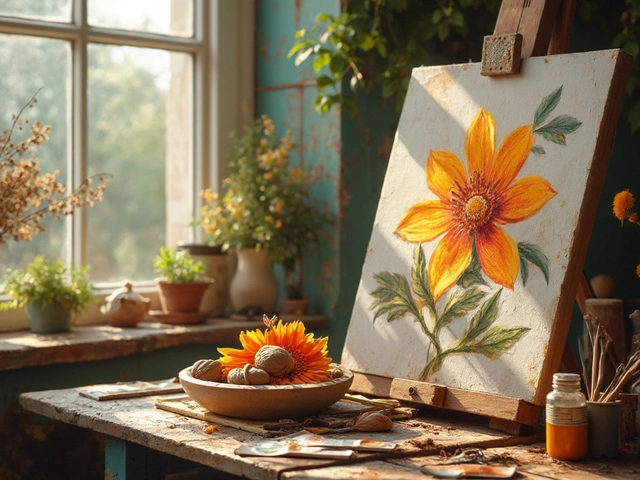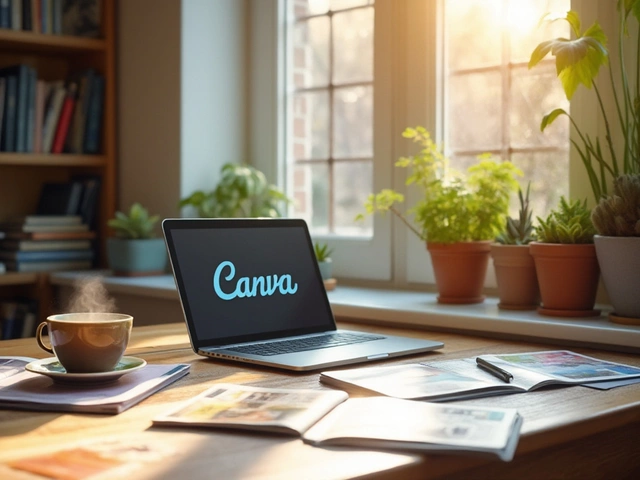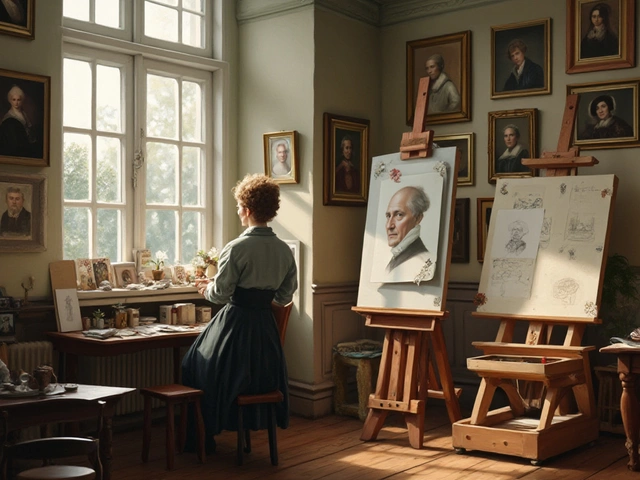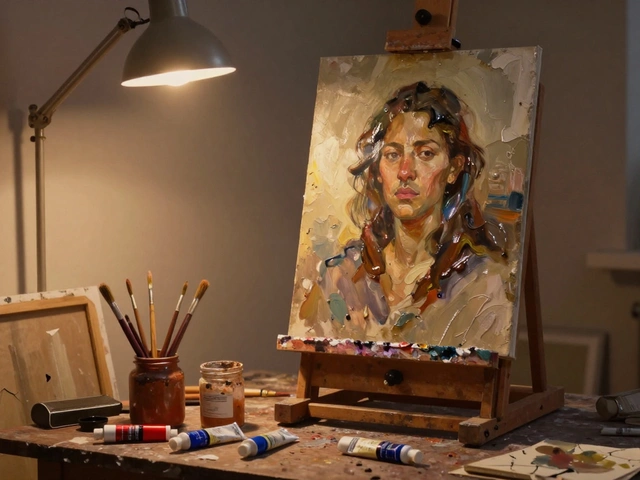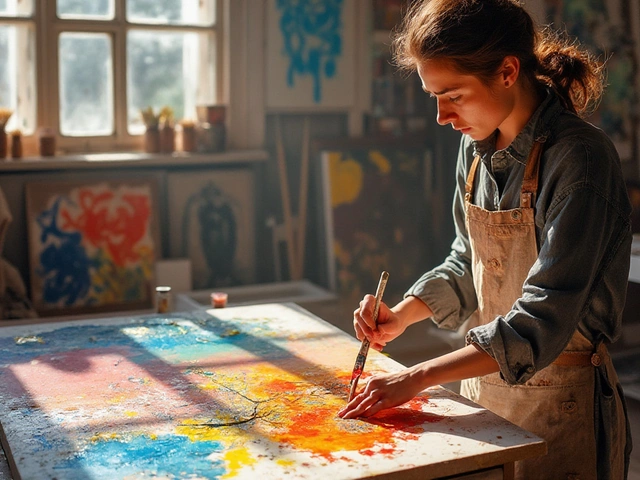Drying Time in Art: Factors, Tips, and Practical Guidance
When working with drying time, the period a paint or medium takes to become touch‑dry or fully cured. Also known as curing period, it plays a crucial role in planning a studio session, layering techniques, and final finish quality. Acrylic paint, water‑based fast‑drying medium and oil paint, oil‑based slow‑drying medium illustrate how humidity, the amount of moisture in the air can speed up or delay the process. Understanding these links helps you avoid unwanted tackiness or cracking.
Key Factors That Impact Drying Time
First off, the type of paint matters. Drying time for acrylics can be as short as 5‑15 minutes, while oils may take days or weeks. This difference stems from the binder: acrylic polymers evaporate quickly, whereas oil binders oxidize slowly. Temperature is the next big player – higher heat accelerates solvent evaporation, so a warm studio trims drying periods dramatically. Conversely, a cold room elongates them, which can be useful for blending but risky if dust settles.
Airflow also matters. A gentle fan moves saturated air away from the surface, letting fresh air replace it and speeding up the cure. However, a strong draft can cause uneven drying, leading to cracks. That’s why many artists use a controlled ventilation system rather than an open window. Lastly, the thickness of the layer directly influences the timeline; a thin glaze dries faster than a thick impasto. This relationship is a classic example of the semantic triple: paint thickness determines drying time duration.
Mediums and additives are another lever. Adding a retarder to acrylics extends the working time, while a fast‑drying medium shortens it. For oils, alkyd additives act like a catalyst, cutting weeks off the cure. These additives illustrate the triple: medium composition affects drying speed. Knowing which product to mix lets you tailor the timeline to your project’s needs.
Environmental humidity can be a silent troublemaker. In a humid studio, water‑based paints retain moisture longer, pushing back the touch‑dry point. On the flip side, low humidity can cause rapid drying, making blending challenging. Artists often monitor humidity with a simple hygrometer and may mist the surface lightly to keep acrylics workable. This demonstrates another semantic link: humidity influences drying time for water‑based media.
Surface preparation shouldn’t be overlooked. A primed canvas or smooth wood panel absorbs less solvent, resulting in quicker drying. Rough textures soak up more binder, slowing the process. Choosing the right ground aligns with the triple: surface texture impacts paint drying time. If you’re switching between media, re‑prime accordingly to keep drying expectations consistent.
Practical tips round out the theory. Keep a temperature gauge nearby and aim for 70‑75°F (21‑24°C) for balanced drying. Use a humidifier in winter or a dehumidifier in summer to stay within 40‑55% relative humidity. Apply thin layers when you need fast results, and reserve thick textures for pieces that can afford a longer cure. Finally, label your works with the date they were finished – it’s a simple habit that helps you track how your studio conditions affect drying over time.
With these factors in mind, you’ll be better equipped to schedule your painting sessions, avoid common mishaps, and achieve the finish you want. Below you’ll find a collection of posts that dive deeper into specific media, techniques, and troubleshooting tricks related to drying time, so you can keep creating without waiting forever.
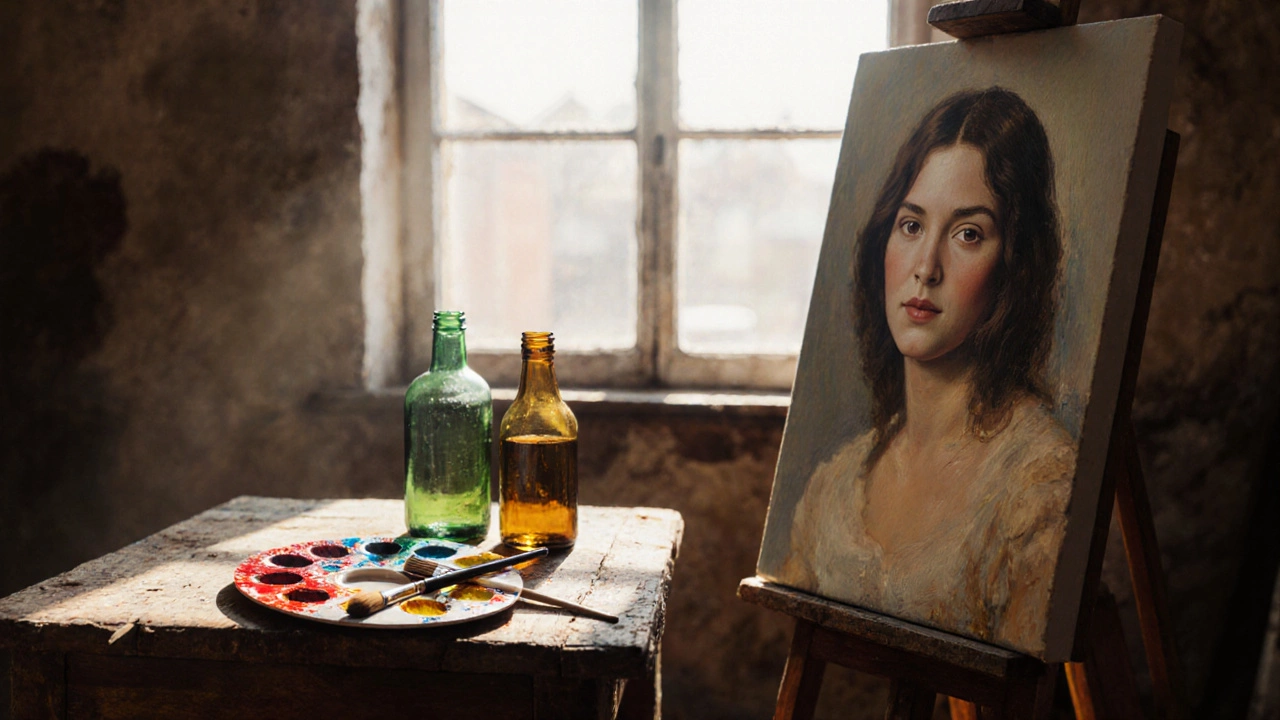
Explore whether olive oil can replace linseed oil in oil painting, covering drying times, yellowing, durability, and safe usage tips.
